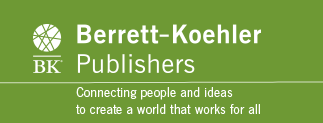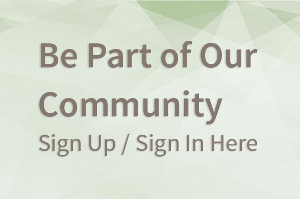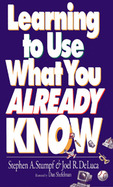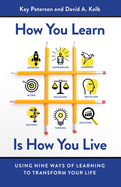BK Blog Post
Five Ways to Know If You Have Someone's Attention
 Posted by
Jeevan Sivasubramaniam,
Vice President, Editorial,
Berrett-Koehler Publishers Inc.
Posted by
Jeevan Sivasubramaniam,
Vice President, Editorial,
Berrett-Koehler Publishers Inc.
In her new book, Sam Horn talks about how to get people's attention using her INTRIGUE model. For decades and even centuries,organizations and individuals have explored and researched how to best grab people's attention, and it is actually possible to tell if you do have someone's attention.
Here are five ways to tell when you have someone's attention:
1. They Maintain Eye Contact (But Not Too Much and Not Always): This is always the dead give away but it's not as easy as you may think. If someone is paying attention to you, they should be establishing direct eye contact, but there are two exceptions to this rule that people don't consider:
a. It is normal for people to look away when receiving criticism. They may still be listening, but to also see the person criticizing them is difficult because they may feel shame or regret.
b. While eye contact should be fairly consistent, it is normal and expected for us to briefly look away for split seconds -- things like looking down when nodding or focusing on a relevant document. If someone does not break eye contact with you, it's actually a sign that they aren't paying attention and they've "zoned out" without realizing that they are looking directly at you.
2. They Lean Towards You: When we are thoroughly engaged by someone, our body language shows it. We lean forward to make sure we hear them clearly and pay attention to what they say. That said, not everyone does this, but there is a way to check: lower your voice just a tad or even move away (very slightly as to be almost totally unnoticable). The other person will then compensate for the drop in volume or gain in distance by moving closer to you or leaning in more.
3. They Repeat Your Words Back to You: Not literally, but when someone is paying attention, they will often confirm their understanding by paraphrasing what they hear you saying back to you (in addition to asking questions). The opposite of this (which clearly shows they are not paying attention) is when they use the same interjections ("yep," "oh, yeah," "right," and others) over and over. This is usually a sign that they are on auto-pilot.
4. Their Heads Move: Body language extends to our head movements though we are often completely unaware of how much we move our heads in communications -- both with others and to ourselves (how many times have you nodded or shaken your head--even when you were by yourself--when you witnessed something inspiring or frustrating). We will tilt our heads towards the person we are paying attention to or even nod in agreement or do the confused-head-tilt when we disagree. Our jaws move, too. If someone you are addressing does not move his or head in any way, they are likely not paying much attention.
5. They Will Readily Respond to Questions: Everyone has seen that moment in a sitcom or movie when a student or someone in a classroom hasn't been listening and the instructor suddenly asks the person a question. If the person hasn't been listening, it will be obvious, but there are many people who are a little quicker on the draw and will throw the question right back at you as they bide for time ("What do I think specifically of...? I am not sure what you are asking"). Just make sure that your question is specific and direct in the first place. Remember: people love answering questions and can't wait to give their opinions on things (see the comments section on any blog or story online for proof), so if someone is floundering, they haven't been listening.






